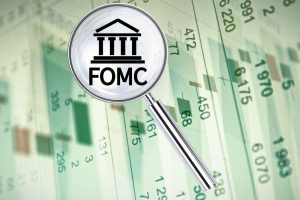
Oil is making a comeback. And if that continues, we could all be in a lot of trouble… unless we own energy stocks.
Why? Because the real concern now is that inflation isn’t dead yet. I’ve written about the link between oil prices and inflation expectations before. Broadly speaking, because oil goes into literally every aspect of the economy, it is the closest barometer we have for real-time insights on cost-push inflation rising or falling. I argued late last year that oil is what broke inflation, not the Federal Reserve. Now, with oil prices back to November 2023 levels, I wonder if oil is about to put inflation back together again.
Energy stocks haven’t yet responded in a major way, but I think it’s worth paying close attention to those equities. The Energy Select Sector SPDR ETF (NYSEARCA:XLE) has gone sideways for months.
Why Oil Prices Matter for Inflation
This sideways movement is indicative of a market that is grappling with mixed signals, where optimism about economic growth is counterbalanced by concerns over supply-demand dynamics and environmental policies.
Oil’s recent turn higher can be attributed to a combination of factors, including production cuts by major oil-producing nations and an accelerating U.S. economy. Geopolitical risk is also a factor, but this increase in oil prices has not been as pronounced as one might expect in the face of conflict in the Middle East (and the ongoing Ukraine-Russia war) that typically act as a catalyst for further price hikes.
That’s why this is tricky. A critical factor keeping oil prices from skyrocketing in response to geopolitical tensions is the current state of global demand outside of the U.S.
While there has been a recovery, it remains uneven across different regions with now Japan, the United Kingdom, and Germany entering recession. And this ultimately explains why energy stocks are less certain about what happens next.
The Bottom Line
Healthy GDP growth signals a robust economic environment, which typically leads to increased energy consumption and, by extension, higher oil prices. However, the current scenario is nuanced, with the global economy recovering at an uneven pace.
If oil continues to rise and energy stocks start to respond, it will really complicate the inflation picture and challenge the notion that the Fed can cut rates this year.
Investors must remain careful here, which is why I think having exposure to energy stocks makes sense. The bottom line here is that things could get even more complicated and confusing, and oil can still drive policy more than voters in an election year.
On the date of publication, Michael Gayed did not hold (either directly or indirectly) any positions in the securities mentioned in this article. The opinions expressed in this article are those of the writer, subject to the InvestorPlace.com Publishing Guidelines.







